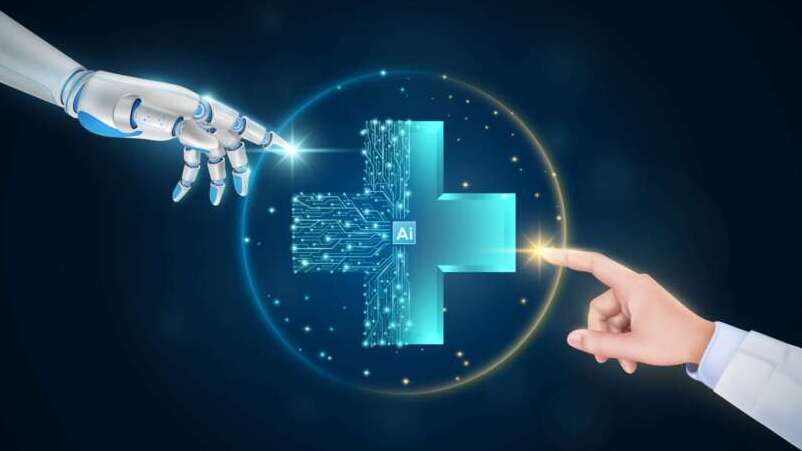
The National Guard, which has traditionally relied on human analysts to assess aerial photos and video for damage after disasters, is now turning to artificial intelligence (AI) to expedite situation assessments and resource deployment, and address the challenges of rapidly evolving conditions on the ground.
At Google’s Geo for Gov event in Reston, Va., on July 31, Col. Brian McGarry, chief of the Security Division (G2-OIS) for the U.S. National Guard, discussed the Guard’s recent efforts to utilize AI tools to analyze images and video feeds of disaster areas so it can respond to them faster and more effectively.
“When you find you’re going down the innovation road you’re going to … find out there are [capabilities] that are very useful that you can sort of attach to particular program or processes,” McGarry said.
Until now, the National Guard has relied on human analysts to examine satellite imagery and video feeds to identify damaged areas, buildings, and infrastructure after disasters like tornadoes, floods, earthquakes, and wildfires. However, by the time this information reaches key decision-makers, the realities on the ground have often evolved significantly, which complicates resource allocation.
To address this challenge, the National Guard is beginning to embrace artificial intelligence to quickly assess situations and deploy resources more rapidly.
“When we’re trying to make these products to help commanders and incident responders on the ground, we have to do our best to make sure that they’re as accurate as possible, but we are humans we do make mistakes,” McGarry said.
“By having automated tools, it saves so much mental bandwidth that [analysts] can take the time to do better analysis on those [satellite imagery or video feed] and help to do a better job of communicating what they mean and what the impacts are going to be for those incident responders,” he added.
One project currently underway that McGarry highlighted is Project Theia, which integrates AI into National Guard operations.
Project Theia, which the National Guard officially launched in April, centralizes video data and then applies AI solutions to increase situational awareness among those responding to natural or human-caused disasters.
With Project Theia, “the National Guard can receive a geo-rectified video feed that provides accurate coordinates and overlays crucial infrastructure layers” – such as pipelines, powerlines, and hospitals – onto the imagery, McGarry said.
“This transforms the feed into an augmented reality tool, enhancing situational awareness in critical scenarios,” McGarry said. “[AI] saves time and saves hours of work, it saves money, and it improves the quality of the products that we’re able to provide.”
